Winefolio recently made a trip down to Central Otago, spending a few days visiting wineries and Cellar Doors. We were lucky to meet some great characters, and we couldn’t pass up a visit to the winery holding the current ‘Nissan Champion Wine of the Show’ Trophy at the New Zealand Internatinal Wine Show – our biggest wine competition. That’s the “best wine around” gong by the way! We’re here to meet the maker of that wine – Malcolm Rees-Francis from Rockburn. He’s been kind enough to offer to open up on a Saturday morning – so he’s officially our last stop on the trip. Seems fitting – best ‘til last and all that…
WineFolio: I’ve been to see quite a few wineries on this trip – and another one that I’ve visited is Carrick – and I would put Rockburn in with them as a label that is producing exceptional wine – including a couple of cuvees of what I’d term ‘the classic Central Otago Pinot’ but… they seem to have been slightly overlooked today – maybe as others have elbowed their way in?
Malcolm Rees-Francis: Our marketing budget isn’t as big as or as impressive as some others. And I certainly feel, of course, that our status should be greater than it is. I feel that our wines stand up alongside some of those other ones that get a lot of that attention. But what gets the attention is the personalities and the experience that some of those other producers can offer – as opposed to just the wine on the shelf.
WF: But you’ve got personality in spades – I was at the Awards where you were quite the dapper young man. Quite the showstopper!
MR-F: Thanks, but that suit does a lot of the heavy lifting. But as a Central Otago winemaker, there’s some very large personalities down here. That you have to technically compete with. In many ways you’re not competing at all, but in other ways you have to share attention and column inches. It is a bit of a competition to see who will be noted after something like the Pinot Celebration? Writers come in and then they have to go away and write “X” about it, and who’s going to get mentioned?
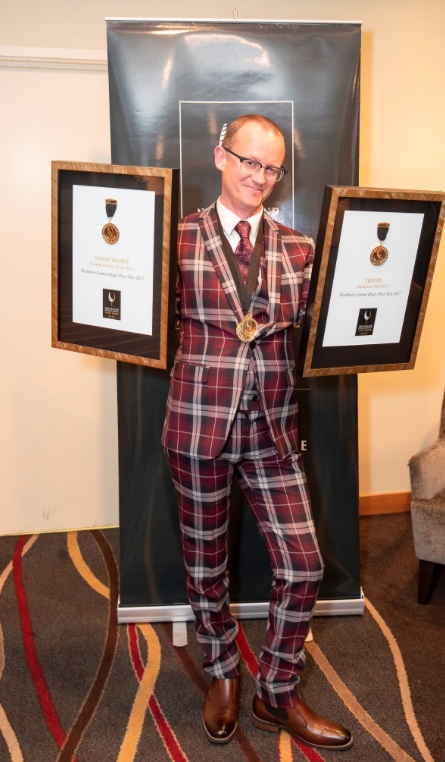
WF: Peregrine is another one – I met Nadine and she’s very focussed and makes what I’d call another quintessential Central Pinot.
MR-F: That’s what we’re trying to do at Rockburn, and our vineyards were originally sited and planned by Greg Hay who set up Peregrine, so it comes from the same thought process. They’re twice the size of us these days – they’ve grown significantly, whilst we’ve remained relatively static. But then they take a lot of fruit from contract growers, and so do we for our entry level Devil’s Staircase and stuff like that. But I look at others growing, getting bigger, updating everything – labels, vineyards, and going organic and so on – and we haven’t done that for quite some time, and we probably do need a bit more of a push. I do my best and we put good wine in the bottle, but you need the stuff all around that as well. Did you visit our Cellar Door, in Gibbston?
WF: No, I haven’t, I did wonder if I’d have time to do that one the way back. I like to visit the Cellar Doors, and there’s a few I haven’t managed – like Gibbston Valley, Amisfield and the new Shed at Cloudy Bay. Which I ought to go to, because some of what I do is Tourism and Wine Tourism in particular.
MR-F: Well that’s what the Cloudy Bay Shed is there for – Wine Tourism. I remember it as Northburn, and what they’ve done to it – I’ve been there, and you do go in and you’re impressed. It’s very LVMH!
We’ve only had our Cellar Door in Gibbston for two years at this point, because we used to be just down in Cromwell. And we have noticed that certainly over this last season that the cycle trail in Gibbston has brought in a huge number of customers to that Cellar Door. Because the Cellar door is at the Tavern, which is a unique situation in Gibbston, we do get a lot of people who want a shady little nook and a wood-fired pizza. It’s working out really well for us.
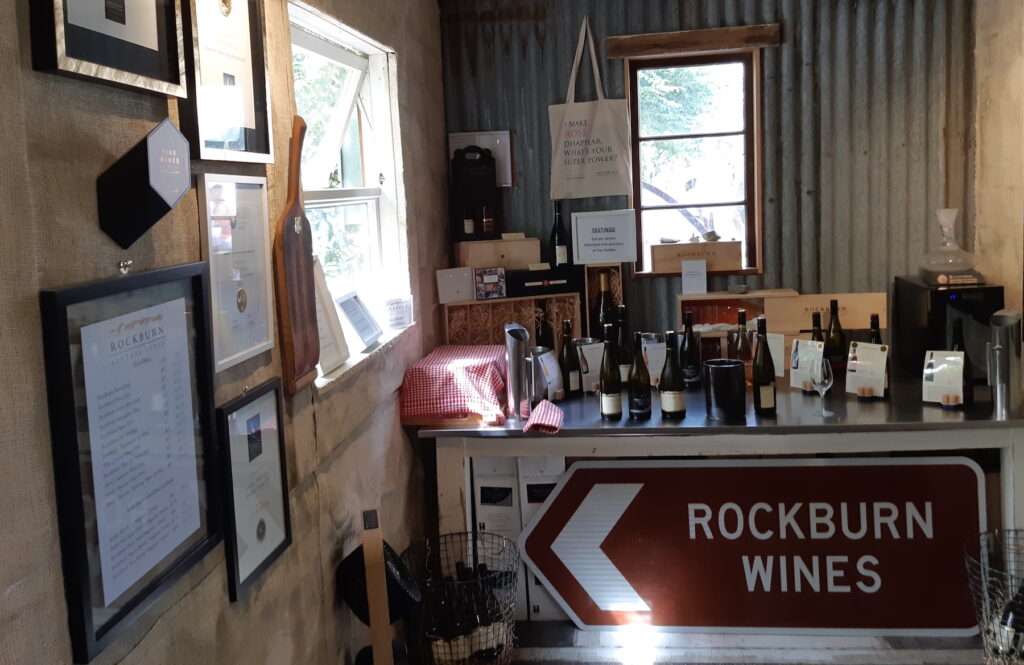
WF: On to winemaking – how are the vineyards looking?
MR-F: The harvest is going to be ‘challenging’ this year, for different reasons to most other years. We had a garbage summer. We’ll struggle to ripen a large crop. We just haven’t had enough heat in the season – we’re at least 50 growing degree days less than average, so we’re looking like an ’05 or ’07 sort of season. And while one of my favourite Pinots I ever made was my 2007 Rockburn Pinot, we didn’t even pick a hundred tonnes that year. And these days we do 380 tonnes of Pinot, as a rule. We might make a really tasty wine, but you’ve got to pay bills as well.
Our current winery building used to be a freezing works, so the whole thing is built out of insulated panels, and had consents for water and trade waste, which is very important. The building was gutted and turned into a winery by the MacArthur Ridge people in Alexandra; with a tank shed built out the front. We came along some years later and basically could just move in. For most of my time at Rockburn it’s just been me, and we took on an extra guy two years ago – it’s a small team.
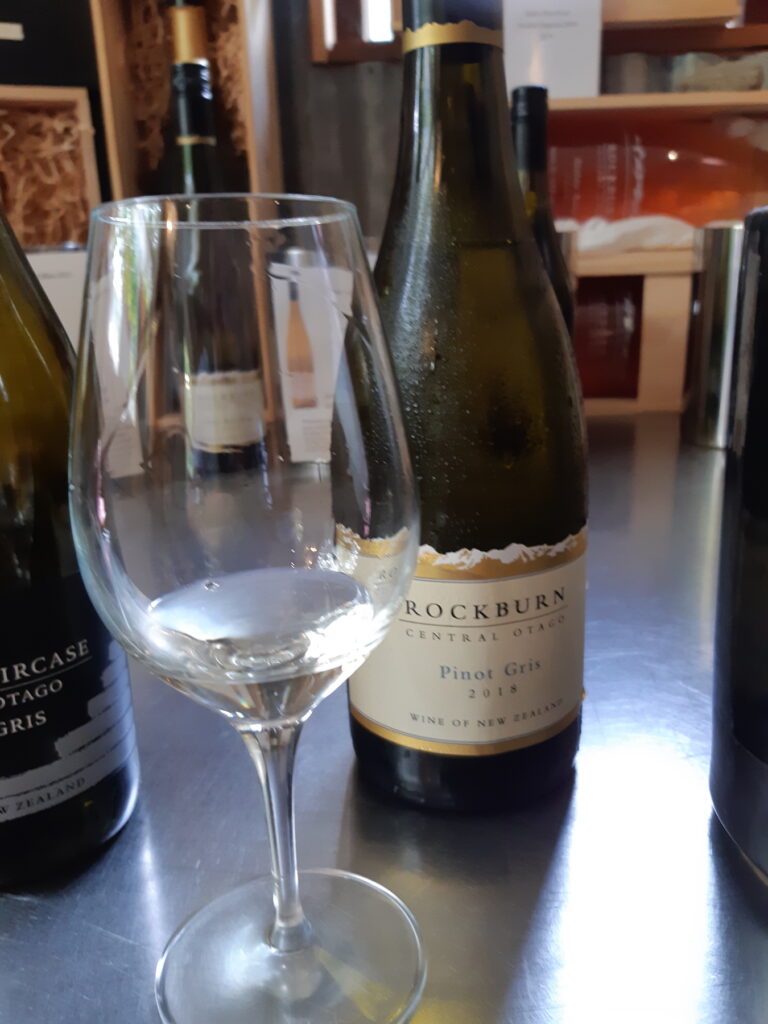
WF: I’ve been to a few wineries through the last three days, and a few of them are just doing a handful of things, but doing them really well. Talked to Valli about Waitaki; and the other regions I hear a lot of talk about are Bendigo, and Alexandra?
WR-F: Yes, I just talked with Kelly, Valli’s viticulturist the other night. Waitaki picks well after everything – even Gibbston which is going to be well into May this year. Makes for a very long season. Bendigo is very hip, it’s probably the hottest place in Central, so it’s marginal for Pinot out the other end, really. You want flavour and you don’t want alcohol, so I think Bendigo can be very tricky. Whereas Gibbston – when I first came to Central in late 2000 – it was a diabolical prospect in those years.
And I was at Felton Road at the time, but they were leasing a site from there and taking some fruit for a sub-label they were doing. There was not much good fruit out of Gibbston, in most of those years. And the accepted knowledge was that maybe one in five is going to be a great year fro Gibbston. But over the last decade I’ve certainly found at least five of those years have been great for Gibbston. And whether that’s climate change or what I don’t know?
WF: You can’t sustain too many 2018s though can you – if those keep rolling in, it’s going to be very hard isn’t it?
MR-F: I never want to see one of those again, frankly. And I see Alexandra getting better and better. People are identifying some key spots down there – again, we’ve had some relatively warm years and you can get stuff to a really good state out of Alex. We draw a lot of fruit from the old MacArthur Ridge site, which is on the terrace up above Alexandra; and it’s huge and sprawling and very exposed to the wind. But certainly last year we got some great fruit out of there, and Earnscleugh – the Hinton site is really special if you have an opportunity to see it. There’s some really exciting prospects there.
WF: Would you say winemaking is artistic or scientific – and apologies, I ask everyone this…
MR-F: What drew me to winemaking was this incredible blend of both. I came from a science-based background, but decided through my studies that it really wasn’t for me, and realised that this winemaking thing had aspects of both. So you start from that background and a lot of what I’ve learnt over the last twenty years is ‘letting go’.
It’s a common phrase that ‘the bravest thing a winemaker can do is nothing’. I have this veritas sort of philosophy about winemaking where you do as little as possible, basically. There have been plenty of years where, if we were growing organic or biodynamic fruit, you could technically term my wine ‘natural wine’; because all I’ve literally added was some sulphur.
WF: But some things come and go… whole bunch seems to be a topic of discussion at the moment.
MR-F: At Felton Road, whole bunches were always a thing. I don’t use nearly as much in mine as we did at Felton Road. It’s more of a logistics thing basically, because we have to start picking a bit early, and finish a bit late, because of the volume of grapes we have to put through this place. And so I can’t really be waiting around for stems to be ripe. My top notch parcels almost always include some whole bunch. That’s where I started from, twenty years ago, so it’s always been part of it – Blair always described it as ‘the house style’. They certainly weren’t doing any 100% whole bunch ferments back then – at most it would have been about 50%. And I’ve certainly seen, since then, plenty of people doing 100% whole bunch, which involves a lot of CO2 and carbonic maceration and all this sort of carry on. That can make some really really interesting wines as well.
WF: Can be a bit polarising as well though can’t it? Can you isolate that sort of ferment on it’s own, and if needs be just blend it in – but if it went incredibly well – use it on its own?
MR-F: It should be polarising, because it’s very different. We can do that – but blending – I literally have to do that on the fly. The Rockburn goes to barrel. The Devil’s Staircase components don’t – they go to tank. And so, each parcel, each ferment, I have to say ‘yes this is going to be good enough to be a Rockburn’ and that’s going to barrel – so how many barrels do I have? How many more do I need to fill? ‘Is this going to be an important component of that final blend, or do I need to pick a later parcel? And so I have to run that contiguously with making the stuff. Making the blend on the fly, during Vintage.
I don’t get to go through the barrels later and say ‘that’s not good enough, that has to go somewhere else’ And it has to be a blend that makes sense.
If you had been here a week ago we would have gone through all of the lots and you would have seen some base modules that have got relatively low alcohol, but some really nice florals; and some later picks that have quite high octane but really dark fruit spectrum; and then we’ve got some whole bunch in there because of the spice – and then it all works together. You’ve got Gibbston as well, which is an important component to Rockburn. It gives that central Otago overview that we were talking about. So I need to balance that against our plush silky tannins out of Parkburn, and make sure it all works.. but have to do it all at the time, on the fly, and can’t fix it later!
WF: And you make the “Art” wine – is that done differently?
MR-F: That’s basically going out and finding a great little site – finding some really good quality fruit, and then just pulling out all the stops. Doing a ‘winemaking thing’ – you’re like ‘right I’m going to use whole bunches, wild ferment, extended maturation, use a lot of new oak, and we’re going to build this huge big boy Pinot’. Some people really like those massive Syrah-esque Pinots, and I can build one of those. So that’s what ‘The Art’ is all about. Whereas the “Barrels” are a selection of our best fruit, or certainly the best expression of site and season that I can identify. I’ll usually have a favourite parcel or two, and I’ll follow them through. So a couple of weeks ago we were just doing that and tasting through the barrels of those.
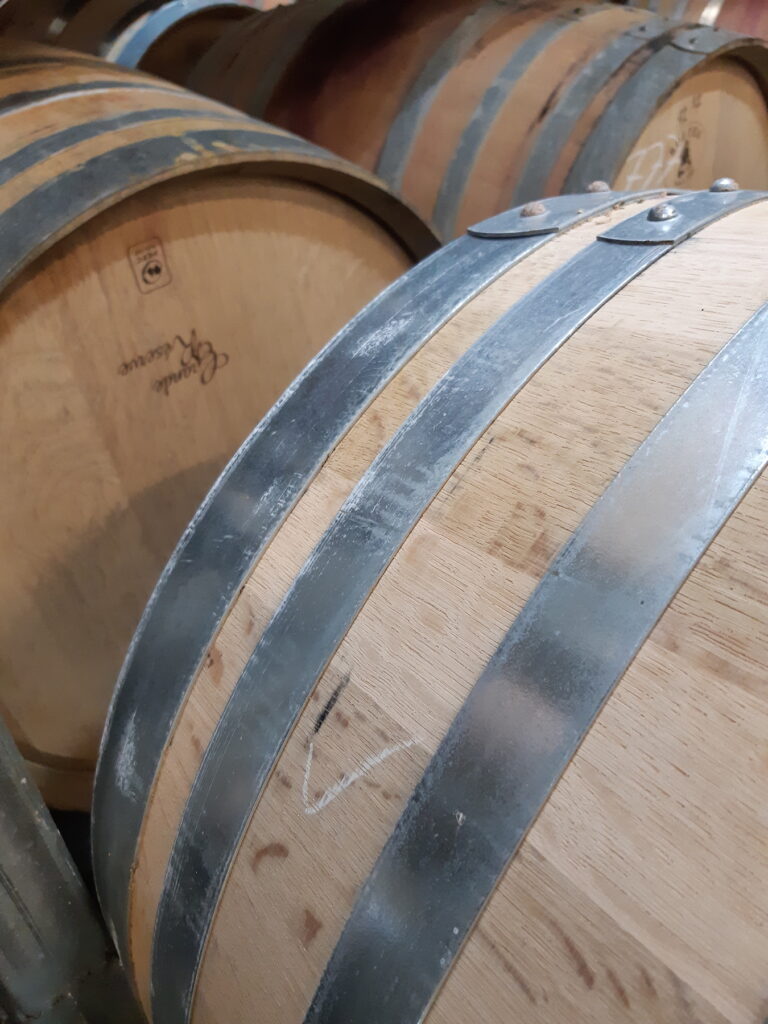
And there’s twenty barrels in a lot, so you taste every single barrel and it’s literally ‘yes or no’, and the ‘yes’ get a tick on the barrel. Those ones stay, and then the ‘Barrels wine’ gets named for how many barrels got a tick! It’s always been different, and we haven’t doubled up yet. And it’s not like I count – literally you’re just going along. So when we racked everything last week, those barrels stay behind. There’s a little pile of barrels at the back there with ticks on! It’s the cream of the crop, and it’s actually a lot of fun, and a very personal project for me as well – because it’s my palate and what I felt about the season.
WF: Is there a point during the year where you just get ‘a feeling’?
MR-F: Yes (laughing). It waivers back and forth but normally by about now you’ve got a pretty good idea of whether it’s going to be good or bad – there haven’t been many bad ones to be fair. And then, going in to it, when you’re actually in the vineyard, tasting the fruit and in to harvest. You are tasting individual berries, and there’ll be some that just really float your boat. There’s key markers that you can taste in some of that fruit, and the more of the really good ones that you find as you’re going about selecting picking dates, the more excited you feel about it. So you can go in with a good feeling, and then your ferments going really well, and you get more excited again. I base all my picking dates on taste – there’s no rules around it.
WF: I’ve been talking to winemakers, and the feeling is that New Zealand has got to the point that is has, though, through the science? And that has helped it become it’s own thing, quite quickly?
MR-F: Yes, science and hygiene. My view is we’re not trying to be Burgundy, and we can’t because this isn’t Burgundy, and it never will be. It’s the inspiration – it tells us what a great Pinot Noir can be. We have to find our own way to achieve that.
You don’t stand here and look over there and think “Gosh it’s just like Burgundy”, because it’s completely different. I wasn’t aware of just how different it was until I was there and did a vintage. I saw more rot that vintage than I’d seen in my entire life, ever! There was a sweltering hot day, and I came out of the vineyard, two inches taller because of the clay stuck to the bottom of my boot; it was just so claggy. We couldn’t grow grapes like that in Central Otago – if they get wet they get really grumpy.
So it’s completely different. But this is a great place to live and make wine.

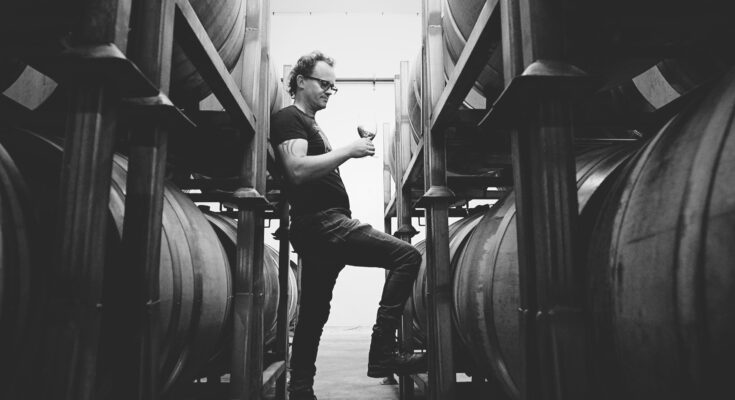
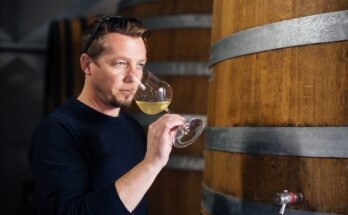
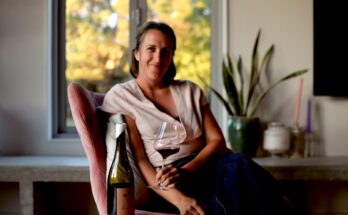
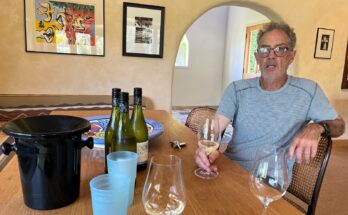
One Comment on “Winemaker series: Malcolm Rees-Francis”